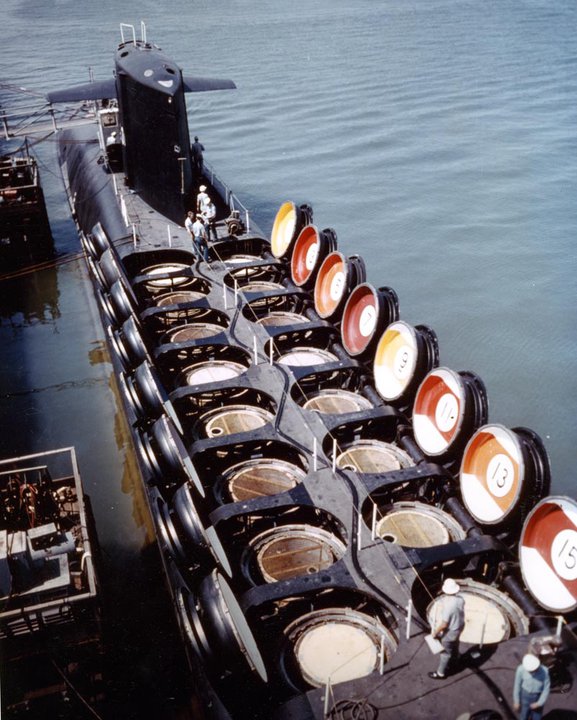Nuclear Weapons 309 - New Fuzes In U.S. Nuclear Submarine Missiles Triple Their Killing Power - Part 1 of 2 Parts
Part 1 of 2 Parts
I have discussed some of the U.S. plans for “modernization” of the U.S. nuclear arsenal in previous posts. The rationale offered the U.S. public is that these changes are needed to ensure the reliability and safety of U.S. nuclear warheads. However, some of these plans have caused Russia to accuse the U.S. of violating treaties meant to limit the number of nuclear warheads and the capabilities of nuclear delivery systems in both nations.
Critics of the modernization program claim that the U.S. is actually implementing advanced technologies that will result a great improvement in the targeting ability of U.S. ballistic missiles. Analysts say that these improvements would give U.S. nuclear missiles three times the killing power of the current missiles. It is further charged that the changes being made are exactly the type of changes that a nation would make if it were trying to develop the capability of disarming an enemy with a surprise first strike.
Improvements in the killing power of U.S. nuclear-armed submarines means that the U.S. fleet of deployed nuclear submarines are carrying three times the estimated number of warheads that would be required to destroy the entire arsenal of Russian land based ballistic missiles. Submarine-based missiles in the U.S. arsenal can carry multiple warheads and there are hundreds of warheads in storage that could be deployed to U.S. submarines to increase their firepower.
The great increase in the killing power of U.S. submarine missiles is the result of the development of what is called a “super-fuze” device. Since 2009, this new device has being incorporated into the W76-1/Mk4A warheads during a ten year long “life-extension” program for those warheads. Analysts believe that all the warheads currently deployed on U.S. ballistic missile submarines have this new device.
The innovations represented by the super-fuze device would appear to be minor when viewed by people without extensive technical knowledge of nuclear warheads. This means that most policy makers are simply not aware of how revolutionary the impact of the super-fuze is on the capabilities of the warheads that incorporate the device. This impact is not being taken into account in most discussions of the implications of changes in nuclear warheads for global security.
Before the creation and deployment of the super-fuze devices, even the most accurate ballistic missile warheads might not detonate close enough to a hardened target to destroy it. The super-fuze device is able to detonate a warhead above and around a fixed target in a much more destructive way. Even though the accuracy of the missile-warhead system itself has not been improved, the use of the super-fuze makes the probability of destroying a target much more likely. Before the deployment of the super-fuze device, only about one in five U.S. submarine warheads would reliably destroy a hardened target such as a Russian missile in its silo. Now all deployed nuclear warheads in the U.S. nuclear submarine fleet have this ability.
When a warhead detonates above a target, there is a zone where the detonation will destroy the target. This is known as the “lethal volume.” The idea of improving the killing power of a W76 warhead with a new type of fuze device was first suggested in a 1994 study by the U.S. Department of Defence and the U.S. Department of Energy.
Please read Part 2
USS Sam Rayburn (SSBN-635) - Ballistic missile submarine:
